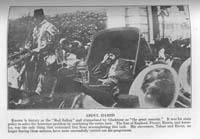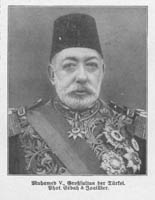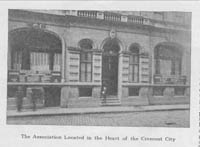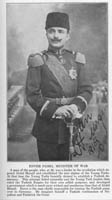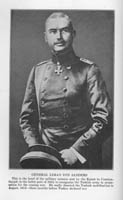Table of Contents
Media Index
CHAPTER 1
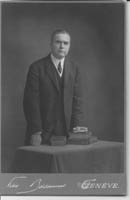
Portait of John R. Mott (1865-1955), General Secretary of the International Committee of the American YMCA from 1915 and General Secretary of the World's Committee of the World's Alliance in 1926.
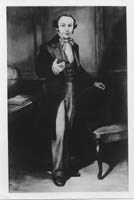
Painting of a young Sir George Williams (1821-1905), founder of the Young Men's Christian Association in London in 1844.
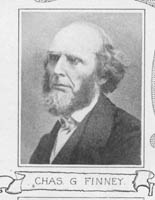
Charles Grandison Finney (1792-1875) was an American evangelist and leader in the Second Great Awakening Movement in the 19th century; he strongly supported the expansion of the YMCA.
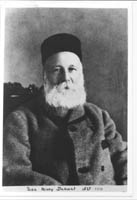
Portait of Jean Henri Dunant (1828-1910), an early leader in the YMCA movement in Switzerland and founder of the International Red Cross in 1863.
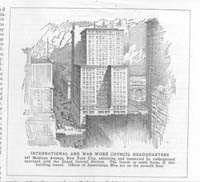
This is a drawing of the YMCA building, located at 347 Madison Avenue in New York City. It served as the headquarters of the International Committee of the North American YMCA and the War Work Council. These organizations supervised the funding and operation of the War Prisoners' Aid servivces in Europe during World War I.
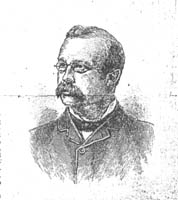
Luther Wishard (1854-1925) was an American missionary and supporting sending YMCA secretaries to Japan, India, China, Ceylon, Brazil, and Mexico.
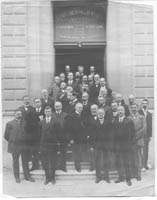
Members of the World's Committee met in Geneva in May 1910 for a plenary session. This photograph was taken on the steps of the World's Alliance headquarters.
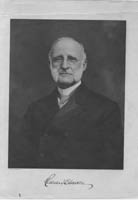
Portrait of Richard Cary Morse (1841-1926), General Secretary of the International Committee of the American YMCA from 1871 to 1915.
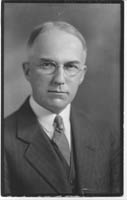
Portrait of Edward C. Jenkins (1875-1956), originally John R. Mott's private secretary, Jenkins became the executive of the Foreign Work Department of the International Committee in 1917.
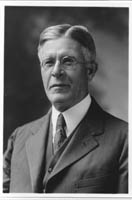
Portrait of Fletcher S. Brockman (1867-1944), an American YMCA Field Secretary in China who became the Associate General Secretary of the National War Work Council during the First World War.
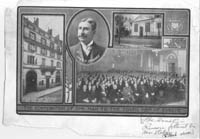
Composite photograph of James Stokes (1841-1918), an American philanthropist and supporter of the American YMCA and buildings he purchased in Paris and Rome to expand Association operations in Europe.
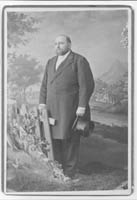
Portait of Pastor Friedrich von Schluembach (d. 1901) around 1880; he was instrumental in organizing the German National YMCA in 1882 and establishing the Berlin Association in 1883 on the American model.
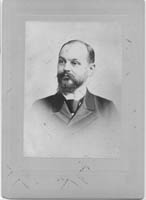
Photograph of Christian Phildius (d. 1937), first General Secretary of the German National YMCA who later became the General Secretary of the World's Alliance from 1896 to 1922; he conducted negotiations to establish WPA programs in Austria-Hungary, Bulgaria, and Turkey during the war.
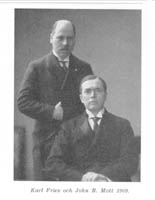
Karl Fries (1861-1943) stands behind John R. Mott in this 1909 photograph; the two men founded the World's Student Christian Federation in 1895 and became life long friends.
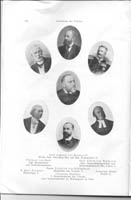
Portraits of the leaders of the German YMCA movement adorned the pages of the twenty-fifth anniversary of the Berlin Association commemorative booklet. Friedrich von Schluembach (middle) and Christian Phildius (center lower row) were among the leaders honored in this publication.
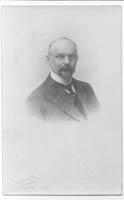
Portrait of Christian Phildius (d. 1937), the World's Alliance of YMCA's General Secretary from 1896 to 1922; he conducted negotiations to establish WPA programs in Austria-Hungary, Bulgaria, and Turkey during the war.
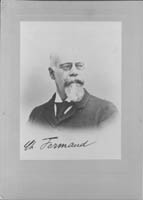
Charles Fermaud served as the General Secretary of the World's Alliance from 1878 to 1912 and led the world-wide growth of the Association before World War I.
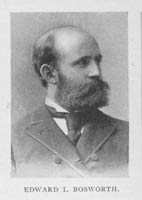
Edward Bosworth (1861-1927) was an American educator and theologian at Oberlin College from 1887 until his death and wrote a number of books that became YMCA standard texts.
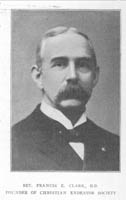
Francis Clarke was a leader in the Christian Endeavor Society missionary movement and established a branch in Bulgaria in 1888.
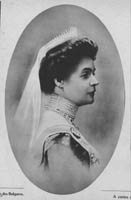
Tsarina Eleonor of Bulgaria (1860-1917) supported a number of wartime charities including WPA work for Allied POW's in Bulgaria.
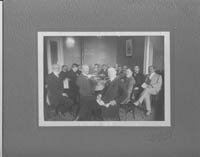
The members of the Board of Managers of the Constantinople YMCA conduct a meeting during 1913. The membership of the board is cosmopolitan representing Americans, Germans, and other foreigners. The Association was struggling to develop the movement in the Ottoman Empire and the war severely curtailed Red Triangle operations.
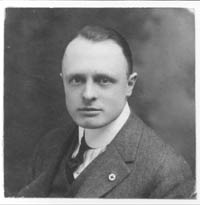
Portrait of Ernst Offo Jacob (1886-1966); he first served as a YMCA secretary in Constantinople from 1910 to 1916 before he transferred to Germany to serve as an American YMCA WPA Secretary in Saxony.

Photograph of a younger Darius A. Davis (1883-1970), an American YMCA WPA Secretary in France and Italy early in the war, Davis became the Senior American YMCA Secretary in France when the United States joined the Allies in 1917.
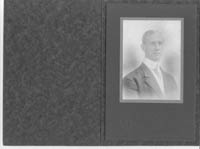
Photograph of Dirk Johannes Van Bommel, a Dutch subject who worked for the American YMCA in Constantinople before and during World War I. Van Bommel managed the supply warehouse established in the YMCA building in the Turkish capital and sent relief parcels to Allied prisoners in the Ottoman Empire.
